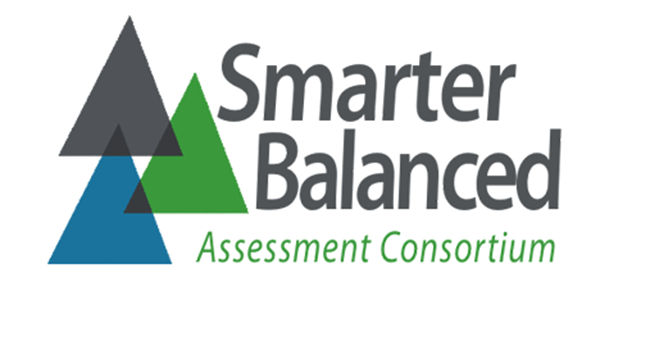SBAC Testing
February 12, 2015
The 2014-2015 school year is the first time the Common Core State Standards will be used to replace the old CST testing.
Common Core State Standards is an upgraded learning system that is laid out to prepare outgoing high school students for entry level careers and college courses. It encourages a more complex thought process by pushing a focus on critical thinking, problem solving, and analytic skills. It was created by teachers, standards and state experts to correct the “mile wide and inch deep” issue that students experience at the end of the school year.
Ms. DeEstie Anderson, the head of the English department at Birmingham said, “It has changed everything,” discussing the changes to content and style Common Core brought. Anderson explained that during the summer break, a group of teachers collaborated and with a program bought by the school, Sync Solution, divided the standards throughout the school year.
Math classes were also affected by the new standards. Ms. Herring, an Algebra and Geometry teacher at BCCHS, stated that the way and the order the lessons are taught are different. “It’s more discovering than teaching” is what she said about the new styles. Herring elaborated that instead of telling the students a rule, she will give them situations and problems where they can see patterns for themselves. Herring said, “It’s supposed to bring more critical thinking and problem solving skills into math.”
Another change that Common Core brought was the Smarter Balanced Assessment Consortium at the end the the year that now replaces the California State Testing. The SBAC is a four part computerized English and Math Assessment that consists of two sections- the computer adaptive test and performing task test. The questions you get are based on your answer, so you can get evaluated at a more thorough level. It also brings a wider range of question types. SBAC is designed to help show educators where students both excel and struggle. It also takes less time to complete when compared to the traditional paper CSTs.
Forty three states, the District of Columbia, four U.S territories, and the Department of Defense Education Activity have adapted to the Common Core State Standards for the 2014-2015 school year. While many teachers and students have enjoyed and appreciated the new curriculum, there are still concerns about how the new standards will line up to college curriculum. Whether we will lower one state’s standard level to meet others, and the importance of skills versus mandatory content knowledge, remains to be seen.



